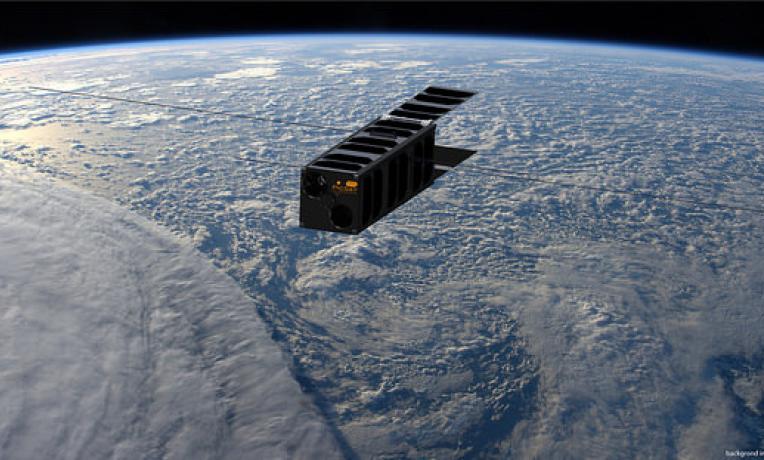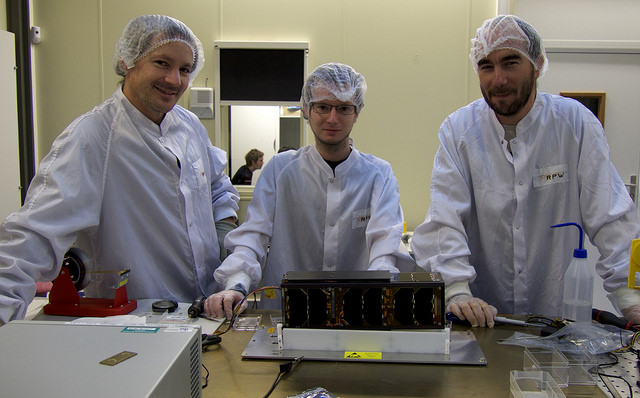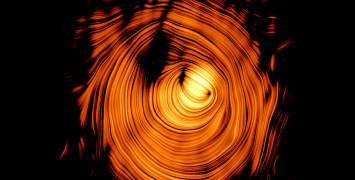Tiny, but not afraid of the big
If you raise your eyes to the sky, you won't see it but you might sense it passing by. On 12 January just before sunrise in Europe, PicSat, a cube satellite as big as a shoebox and barely as heavy as a brick, will be launched from the Satish Dhawan Space Centre in Sriharikota, India. Supported with a grant from the European Research Council, it is the first nanosatellite to embark on one of the greatest space adventures: exploring, from afar, an exoplanet.

Follow EU-funded nano-satellite PicSat on its first spacewalk
In collaboration with CNRS/Observatoire de Paris-PSL/CNES/Fondation Merac
Beta Pictoris was discovered in the 1980’s and since then, this very young star, only 23 million years old, has triggered passion among astronomers. Very bright, with a massive disk of debris gas and dust around it, Beta Pictoris is relatively close to the Sun, at a distance of only 63,4 light years. Still in the early stages of formation, the star system offers a unique opportunity to better understand the planetary birth process. In fact, a very young gigantic planet named Beta Pictoris b orbits around the star. Seven times the mass of Jupiter, this exoplanet was discovered less than a decade ago.
In 2014, Dr. Sylvestre Lacour, Astrophysicist at the French CNRS and the Paris Observatory - PSL, received EU funding through the ERC to study planetary formation. His goal was also to further advance the existing experimental technique in the field. With his small team of astronomers and engineers, Dr. Lacour took an ambitious challenge: to observe the Beta Pictoris b transit in front of its star from space, building a customised nanosatellite for this purpose in a record three years time.
Watching this video you are accepting Youtube cookies policy
“PicSat is a very small satellite, a nanosatellite, based on the so-called CubeSat. The concept was developed in the USA, initially for educational purposes only. The great novelty is that, to our knowledge, this is the first time that a nanosatellite of this kind is used for exoplanetary science. It has been equipped with a tiny optical fibre, the size of a thin human hair, to channel the light of the star and measure brightness very precisely. Optical fibres are commonly used in Earth based observatories, but this is the first time it will be used in Space”, explains Dr. Lacour.
Once reaching the Earth's orbit at 505 km altitude, PicSat will rivet its 5 cm telescope to the star, aiming to spot the small dip in its light that will signal the transit of the planet, or its Hill Sphere, in front of it.
“We chose a single mode optical fibre because of its small diameter: it eliminates all disturbing light pollution, allowing for very accurate measurement of the star’s brightness, a method we have developed with the support of the ERC grant” stresses Dr. Lacour.
To overcome the telescope’s wiggling and wobbling when orbiting the Earth, the researcher’s team had to develop innovative solutions. “The optical fibre is connected to a very fast-moving small plate, called a piezoelectric actuator. By moving the fibre very fast around the star, it can track where the star is drifting to and immediate follow it, so as to remain on target”.

7 December 2017, Paris Observatory - Meudon, France: After a long night of work, PicSat is fully integrated. Vincent Lapeyrere (left), Lester David (middle), Sylvestre Lacour (right), Antoine Crouzier (background). © PiCSat team
PicSat will collect data from the Earth’s orbit during a year and send it to the team on the ground when flying over Paris for about 30 minutes per day.. However, during its journey, the nanosatellite will not only establish communication with the researchers. Transmitting on amateur radio frequencies, radio amateurs from all over the world have been invited to track the satellite, collect its data and relay this information to the PicSat data base online.
When Beta Pictoris b will transit in front of its star, most likely before summer 2018, the European Space Observatory will activate one of its telescopes in Chile to do complementary observations of the long-awaited phenomenon.
Follow the launch live on 12 January, as from 4h30 AM Paris time.






